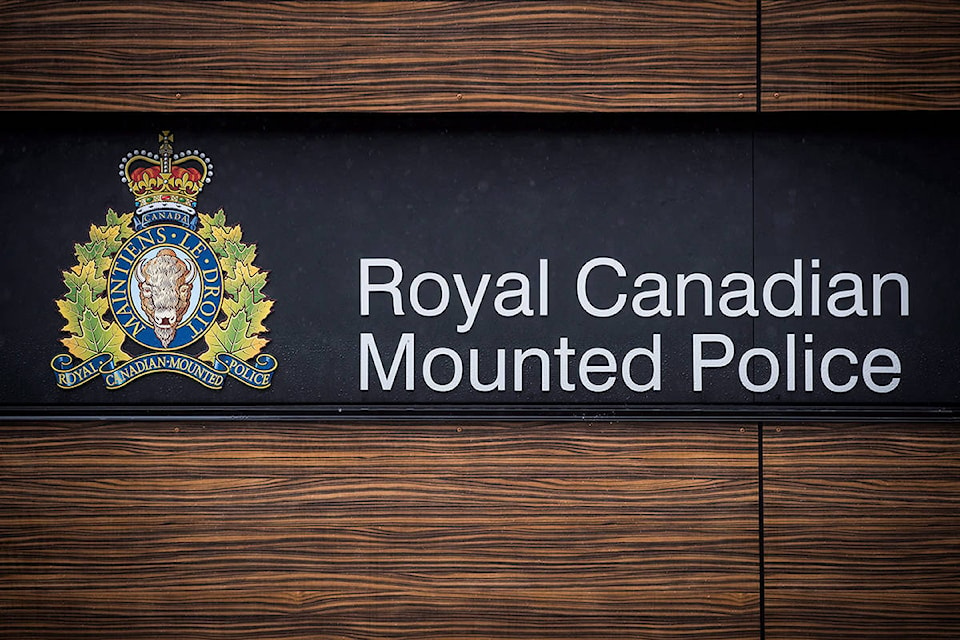RCMP intelligence officials devised a secret Cold War plan to use a hidden briefcase camera to photograph Communists and Soviet Bloc personnel travelling through Toronto’s airport, declassified records show.
The idea of snapping surreptitious images developed in late November 1964 when a member of the RCMP’s security and intelligence branch drafted a memo touting the possible help of a special police squad working at the bustling Toronto International Airport.
The squad, which included members of the provincial and Toronto police forces, kept tabs on the travel of prominent criminals, watching flights daily from 6 a.m. into the wee hours of the next morning.
“They operate a briefcase camera and have become adept in collecting very good photographs,” the RCMP memo said.
At the time, two decades before the birth of the Canadian Security Intelligence Service, the RCMP was responsible for monitoring suspected subversives and foreign spies.
In light of frequent air travel by leading Communist Party of Canada members, East Bloc embassy personnel and others of interest to the Mounties, the future co-operation of the airport squad “might prove rewarding,” and its members had already indicated a willingness to assist, the memo said.
The Canadian Press obtained details of the RCMP’s Photographic Sighting Program from Library and Archives Canada through the Access to Information Act. Some passages of the internal correspondence, though more than half a century old, were considered too sensitive to release.
Under the plan outlined in the 1964 memo, the Mounties would provide the airport squad with file photos of people of interest so members could keep their eyes peeled for them.
For instance, the RCMP memo said, a certain member of the Cuban consulate in Toronto often went to the airport to meet Cuban couriers and other officials visiting the Toronto area or heading to destinations in Canada or the United States.
Once the squad became familiar with the Cuban diplomat’s appearance, members could make note of his contacts and take surveillance photos of their own. RCMP sources working on immigration matters might then help identify the individuals he met.
Senior Mounties decided to run the concept by their counter-intelligence and counter-subversion officials.
One said the worth of such a program would be “marginal at best,” noting people of interest tended to fly through Montreal, not Toronto. Another said there were “no great advantages to be gained,” though there would be occasions when the squad’s services “could be of very definite value.”
In addition, an RCMP member involved in criminal investigations had been part of the airport squad on a trial basis for some time, and could help assess the merit of assisting with intelligence efforts.
A wary William Kelly, the RCMP’s director of security intelligence, agreed in March 1965 that the Mounties should work with the airport squad “only on an ad hoc basis, and if the member from our force has full control.”
Kelly saw potential benefits but also problems that “could prove fatal to our operation.”
Members of other police forces lacked knowledge of RCMP security procedures and policies, were not screened by the force and had taken no oath of secrecy related to intelligence work, he wrote.
Kelly said careful consideration must be given to details shared with squad members, adding the RCMP should ensure “that highly sensitive cases are not included.”
ALSO READ: Animals, house parties, manhunts: Top 10 most read stories across B.C. in 2019
Jim Bronskill , The Canadian Press
Like us on Facebook and follow us on Twitter.
